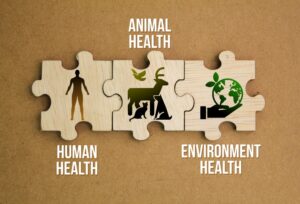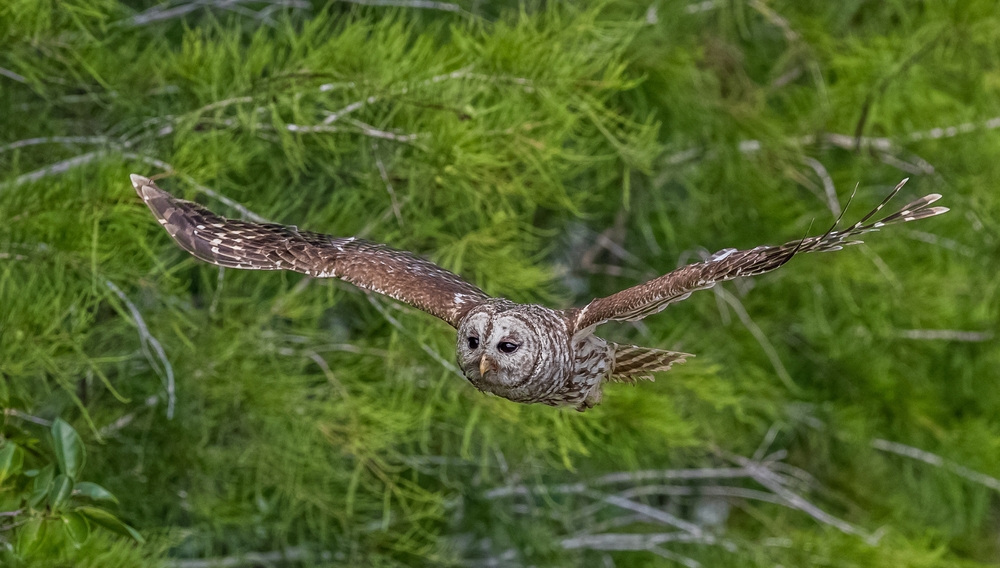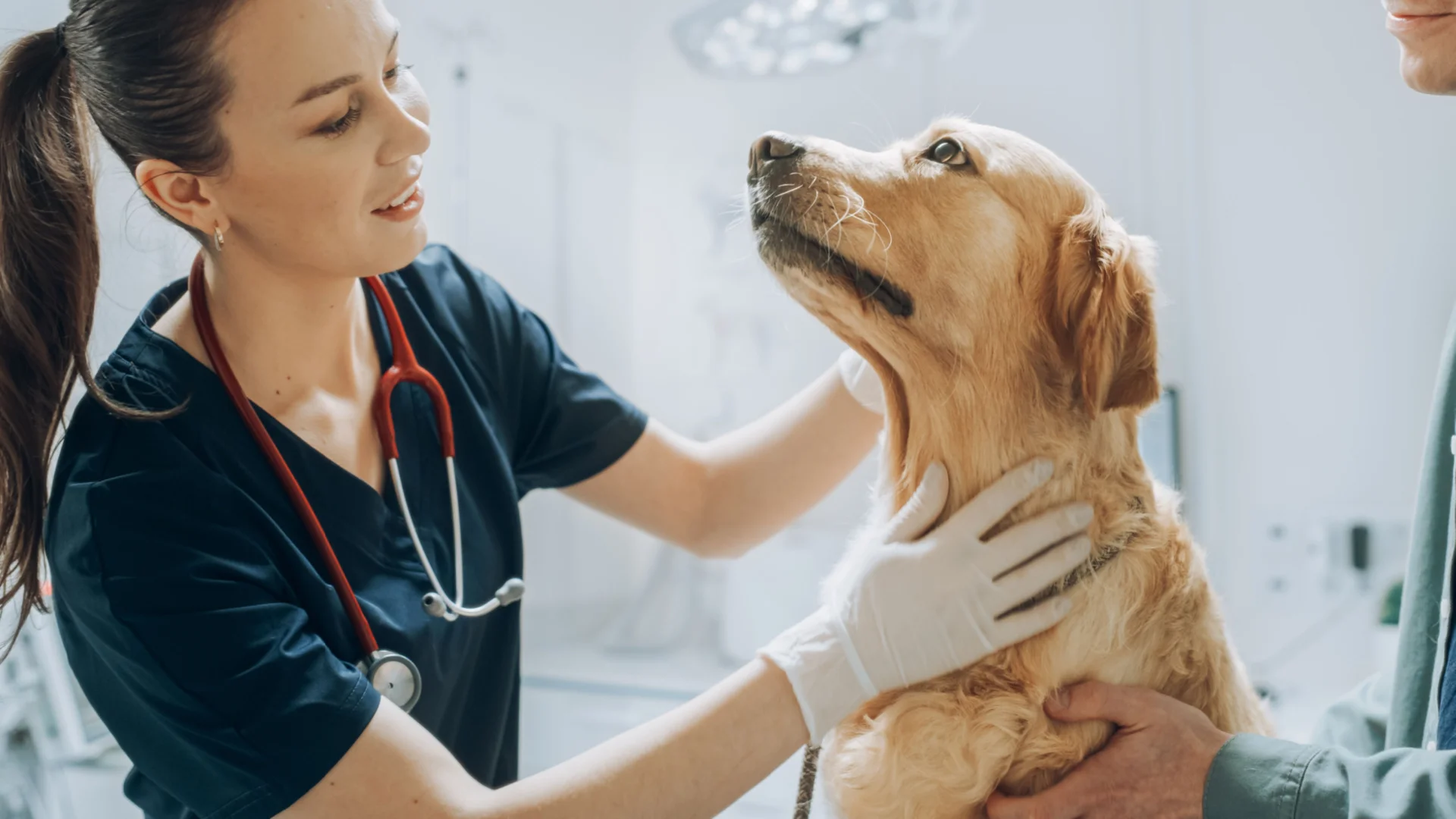Co-authored by Dr. Haerin Rhim, Dr. Maria G. Aguilar, Dr. Kimberly L. Boykin, Dr. Kaylie Zapanta, Dr. Janina Krumbeck, and Dr. Mark A. Mitchell
Published in MDPI Animals | May 2024
New study co-authored by MiDOG scientists reveals how antibiotic use in wildlife rehabilitation can alter gut microbiomes and increase antimicrobial resistance
In the intricate balance of ecosystems, birds play a pivotal role as environmental sentinels, especially apex predators like the barred owl (Strix varia). Yet when these birds are injured and admitted into wildlife hospitals, a lesser-known balance comes into focus: the fragile ecosystem of their gut microbiome.
A new peer-reviewed study published in Animals and co-authored by Dr. Kaylie Zapanta, PhD and Dr. Janina Krumbeck, PhD from MiDOG Animal Diagnostics explores this rarely studied interface of microbiome science and wildlife medicine. The research offers preliminary but powerful insight into how antibiotic exposure during rehabilitation affects microbial diversity and the emergence of antimicrobial resistance (AMR), issues that lie at the heart of One Health.
Study Overview: Wild Owls, Hospital Protocols, and Microbial Disruption
The study analyzed cloacal swab samples from barred owls admitted to a wildlife hospital in Louisiana for fracture treatment. Using Next-Generation Sequencing (NGS) and AMR gene profiling, the researchers compared:
- Owls treated with enrofloxacin (a commonly used fluoroquinolone)
- Owls not given antibiotics
- Microbiomes at admission vs. pre-release
Across the 17 samples collected, the team used 16S rRNA sequencing and AMR gene detection platforms developed by MiDOG to characterize gut bacterial communities and track changes over time.
Key Findings: Antibiotics Reshape the Avian Gut, and Its Resistome
- Microbiome Disruption in Treated Owls
- Alpha diversity (species richness and evenness) significantly decreased in antibiotic-treated owls compared to controls.
- Beta diversity showed a marked shift in microbial community structure after antibiotic exposure.
- Key beneficial taxa like Pseudomonas and Sphingomonas were diminished in treated birds.
- Stable Microbiomes in Non-Treated Owls
- Owls that did not receive antibiotics maintained consistent microbial diversity from intake to release.
- This suggests that rehabilitation alone (in terms of diet, housing, and handling) had minimal impact on the gut microbiome of healthy, non-medicated owls.
- AMR Genes Detected Across All Groups
- Antimicrobial resistance genes were present even at baseline, indicating that wildlife already harbor resistant microbes likely due to anthropogenic environmental exposure.
- However, the types and abundance of AMR genes increased in antibiotic-treated owls, most notably those related to lincosamide and tetracycline resistance.

The One Health Implications: What Happens in Wildlife Doesn’t Stay in Wildlife
These findings have far-reaching implications for antibiotic stewardship, wildlife management, and public health:
- Rehabilitated wildlife are often released back into the environment, making them potential vectors for AMR gene dissemination.
- Routine use of broad-spectrum antibiotics, even in well-intentioned care protocols, can disrupt native microbiota and select for resistant organisms.
- Standardizing microbiome-friendly protocols in wildlife rehabilitation could play a meaningful role in environmental AMR control.
As wildlife, domestic animals, and humans share overlapping microbial ecosystems, the study reinforces a critical One Health principle: microbial health is interconnected across species and environments.

The MiDOG Perspective
At MiDOG, we are proud to contribute to the scientific foundation of veterinary microbiome research. This study aligns with our mission to:
- Develop non-invasive, high-resolution NGS testing for all animal species
- Support antibiotic stewardship through data-driven decision-making
- Advance the field of wildlife diagnostics and microbiome ecology
Our proprietary sequencing methods were essential in detecting nuanced microbial shifts and low-abundance AMR genes in these sensitive avian patients.
Citation & Access
Rhim, H.; Aguilar, M.G.; Boykin, K.L.; Zapanta, K.; Krumbeck, J.A.; Mitchell, M.A. (2025).
A Preliminary Investigation of the Gastrointestinal Bacterial Microbiomes of Barred Owls (Strix varia) Admitted to a Wildlife Hospital.
Animals, 15(11), 1643.
Categories: Antibiotic Resistance, Birds/Parrots, Exotic Pets, Gastrointestinal Health, Gut Microbiome, Next-Gen DNA Sequencing Technology

